How to Go on Safari in Kenya on a Budget
Kenya, Africa / March 11, 2025 / 7 comments
If you’re wondering how to plan a budget-friendly Kenya safari, you’ve come to the right place.
Kenya is a dream safari destination, with nearly 50 game parks and reserves, including the iconic Maasai Mara National Park. This sensational park contains a huge array of species, including the Big Five and the densest concentration of big cats in the world.
However, going on safari in Kenya, or any other African country for that matter, is generally not considered cheap. But even with the steep increase in park fees in 2024, Kenya remains a little more affordable than a safari in neighbouring Tanzania while providing an equally stunning safari experience.
If you’re a budget-conscious traveller, the good news is that there are several things you can do to reduce some of the costs, making it possible to go on a safari in Kenya on a budget.
This post contains affiliate links. This means if you purchase something from a link, I may make a small commission, at no cost to you. This helps me keep the site running and free.
If you like this post, be sure to sign up for my e-mail list for travel inspiration (and get your FREE budget printable), or connect with me on Facebook, Instagram, Twitter, or Pinterest.
How to Budget for Your Kenya Safari
Besides international flights, your daily park entry fees and accommodation are the most significant chunks of your overall safari costs. However, you can reduce both by taking several simple steps, such as visiting during off-peak season (which can reduce your park fees by up to 50%) and choosing an affordable level of accommodation.
Other costs you can mitigate include the type of safari you choose, the mode of transport between parks, your group size, and how and with whom you book your safari.
Let’s delve a little deeper into how to reduce some of these costs and budget for your Kenya safari.
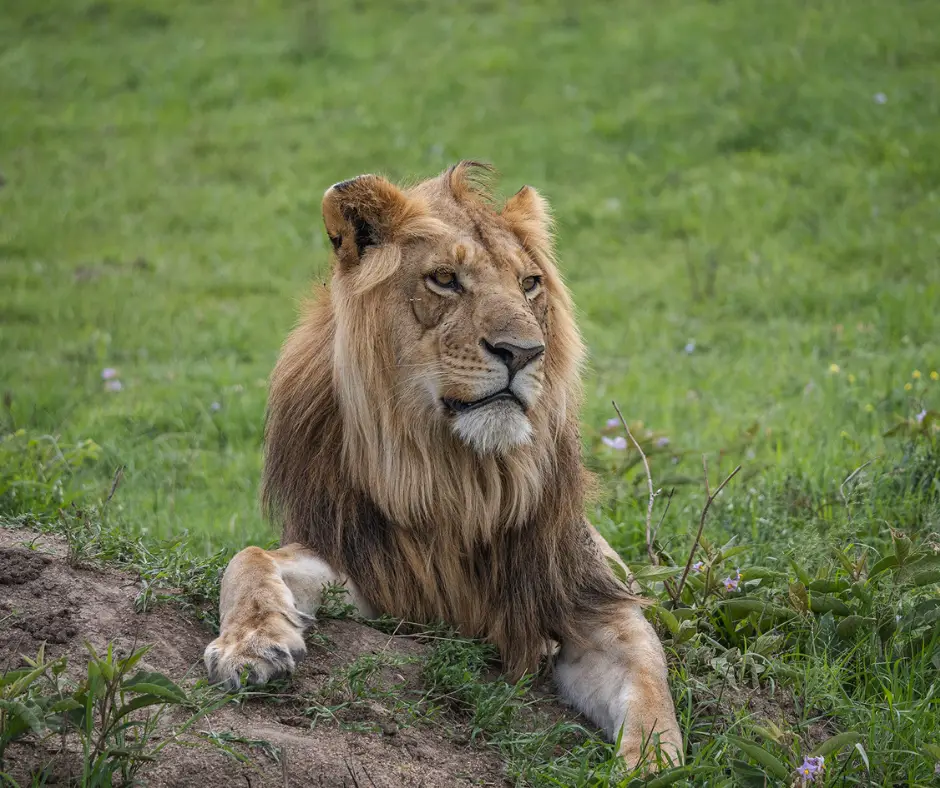
Travel During the Shoulder Seasons
Everyone will tell you that the best time to go on safari in Kenya is during the long dry season between June and September. And it’s easy to see why! With superb weather, excellent game viewing conditions, and the Great Migration, the long dry season has a lot going for it.
However, as you can probably imagine, this peak tourist season hikes the prices of everything from tours to accommodation, making this the most expensive season to visit Kenya. So, if you’re looking for ways to travel on a budget, planning a trip during these months isn’t exactly cost-effective!
But you’ll be pleased to hear that while this season has its advantages, it’s certainly not the only time to go on safari in Kenya. The country’s wildlife remains abundant throughout the year, so budget travellers can enjoy a superb safari holiday during the cheaper shoulder months.
While the cheapest time to visit is actually during the rainy season between March and May, I don’t recommend booking your trip for this time. Let’s face it, nobody wants to go out on a game drive with rain pouring into your open truck. Furthermore, heavy rain can limit game viewing and potentially cause flooding. So, let’s skip these months to avoid the weather ruining your entire holiday!
Park fees in Kenya increase during the second half of the year (from July to December) so if you’re interested in reducing costs, it makes sense to visit in the first half of the year. With March to May being the long rainy season, that leaves January, February and June as great times to visit. By visiting at this time of year, you can save up to 50% on your park fees. For example, the Maasai Mara costs $100 + tax in the first half of the year and $200 + tax in the second half.
Accommodation prices are also more affordable at this time of year, particularly in January and February. You can save up to 40% on accommodation prices by visiting outside of peak season. Savings are better on more luxurious accommodations.
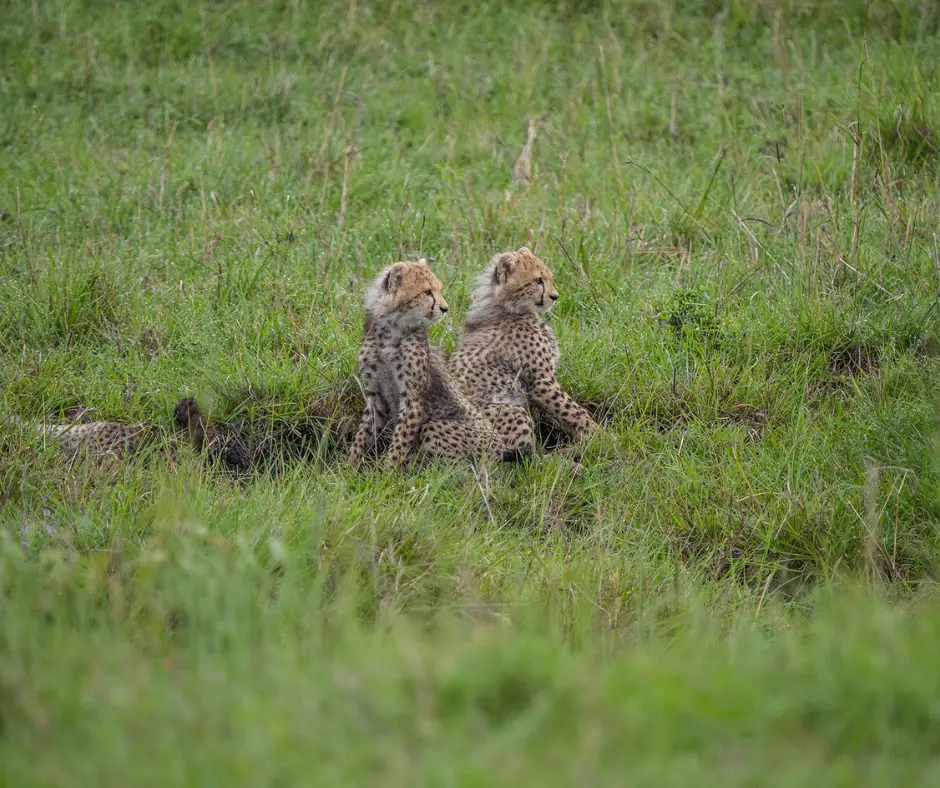
Consider the cheapest way to book your safari
The way you book your safari also plays a huge role in determining the overall costs of your trip.
While overseas travel agents may be the easiest way to book your safari, they are generally more expensive, up to 40% more than booking with a local safari company in Kenya. Overseas travel agents can provide benefits such as booking your international flights, but the safari experience will be extremely similar to if you’d booked with a local company. For this reason, I don’t recommend that budget-conscious travellers book with an overseas travel agency.
Having travelled extensively to Africa and booked many safaris through several agencies, I have found local tour operators to be the most efficient, extremely knowledgeable and least costly way of booking a safari. Aside from being able to advise you and arrange virtually all your logistics, they have built up relationships with numerous lodges and parks and are offered great specials for their clients, which they pass on to you. As well as providing you with a more cost-effective safari experience, I love booking with local tour operators as you’re supporting local businesses.
The next aspect you need to consider is what type of safari you want. Budget-conscious travellers may be tempted to take a self-drive safari. Although self-drive safaris may seem the cheapest and most flexible option, they do not always produce the best safari experiences. Without a skilled guide and tracker with you, you may miss out on key wildlife sightings.
You also have to hire the correct type of vehicle to handle the terrain you’re heading into, pay for insurance and fuel, and if you get lost, have a flat tyre or break down in some remote corner of a park, you’re on your own. Some parks like the Maasai Mara also don’t allow self-drivers.
Public transport is not reliable and is therefore not recommended for most parks, which are mainly situated long distances from Nairobi, the entry point to Kenya. If you’ve booked your trip with a local operator, they arrange transport for you as part of your package.
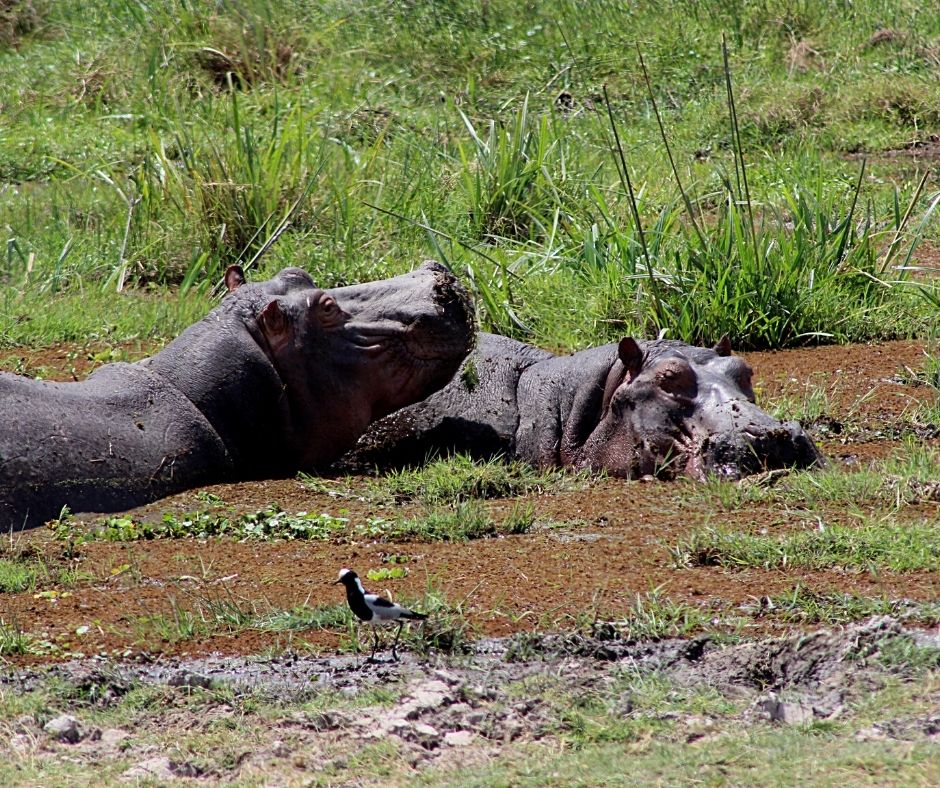
Group Tours or Private Tours
The type of safari you choose also plays a massive part in determining your total safari costs. You have two basic options – group tours or private tours.
Private tours are obviously far more expensive, as you are responsible for the vehicle and driver costs. On group tours, however, the costs are shared equally by the number of passengers. As safari trucks usually carry up to 7 passengers, choosing group tours can substantially reduce costs. Considering you’ll be spending 6-7 days on safaris and going on two game drives per day, group tours can make huge savings over your stay in Kenya.
Accommodation prices are generally based on two people sharing a room, so solo travellers are hugely disadvantaged, sometimes paying double. However, these costs can also be substantially reduced by joining group safaris. Besides, group safaris are more sociable, allowing you to meet and socialise with like-minded people.
To get an idea of price differences, a group tour starts from $180 per person per day whilst a private tour starts at $300 per person per day (assuming 2 people in your group).
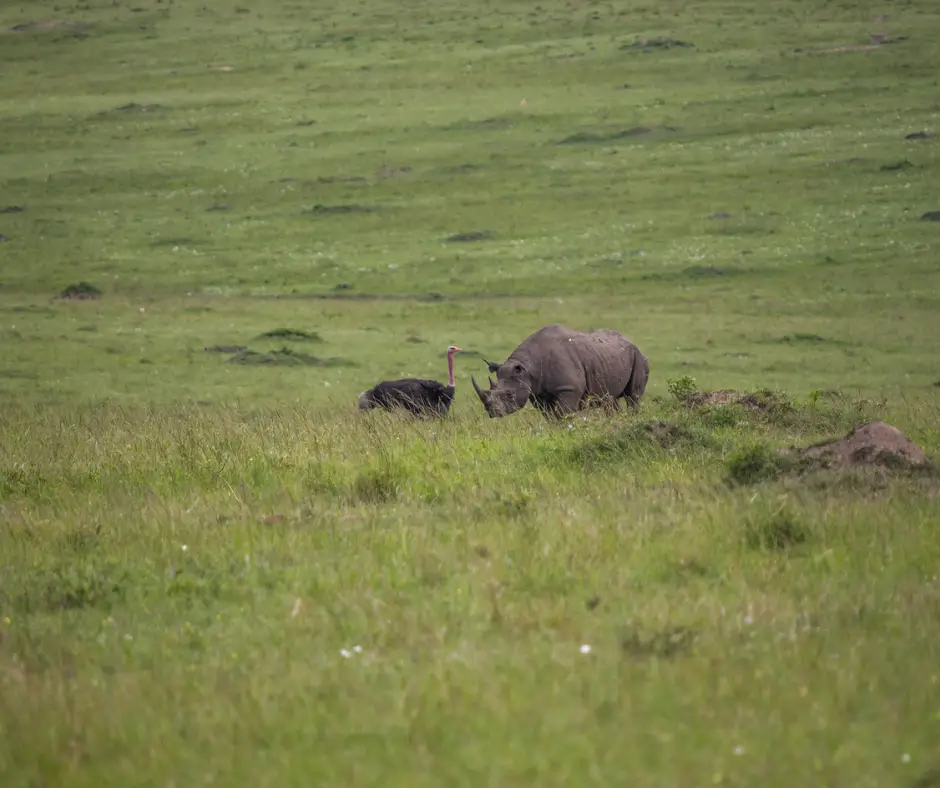
Budget-friendly safari accommodation
Accommodation is often the most expensive part of a safari in Kenya, and the level of luxury chosen could determine your most significant savings yet.
Fortunately, Kenya’s parks offer a wide range of lodging options, from luxe hotels with swimming pools, spa treatments and fancy restaurants to very basic campsites with limited amenities. If you’re looking to keep your costs down and are mainly interested in the actual safaris, booking into some of the more glamorous lodges may not be the best use of your money.
The most cost-effective accommodation option is what’s known as budget camping. You’ll stay in ground tents with sleeping bags and shared ablution facilities, typically in public campsites. A group safari with this level of accommodation typically starts from around $180 per person per day.
If this sounds a little too wild for you, don’t worry. There are plenty of budget tented camps available which have furniture, including beds, and en suite bathrooms. To get the best prices on tented camps, opt for one that’s outside the national parks and reserves. It will take you longer to reach the wildlife viewing areas, but you may decide the cost saving is worth it. A typical cost for a shared safari in budget accommodation is around $200 per person per day.
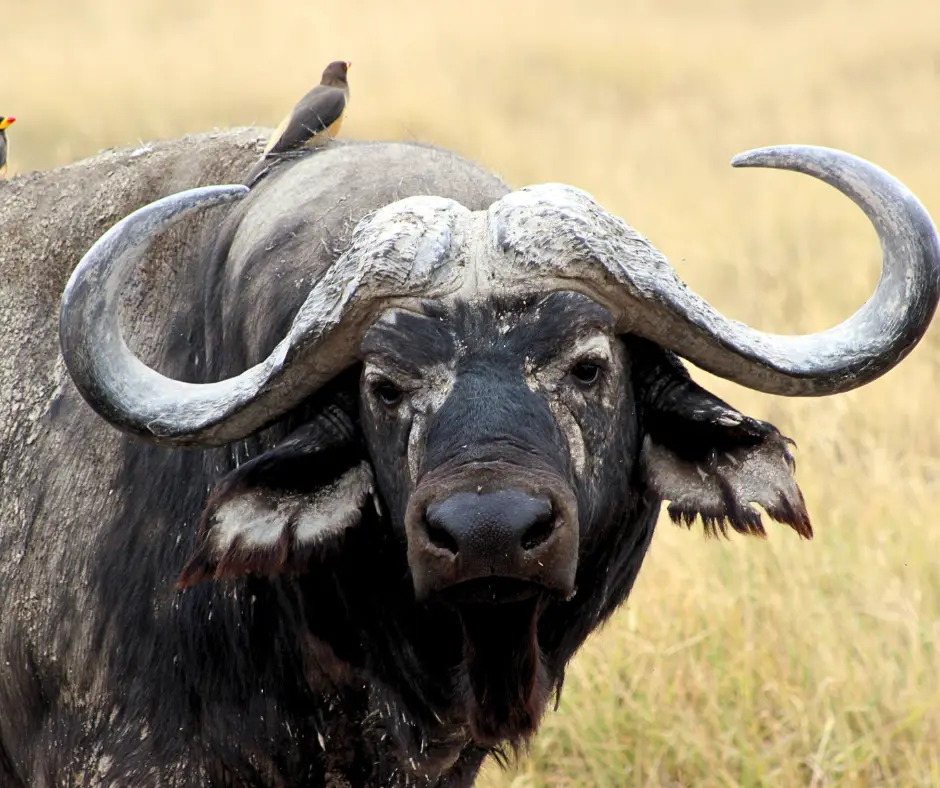
Budget-friendly parks and reserves
There are huge cost differences between different parks and reserves in Kenya. The most expensive reserve is the Maasai Mara which is $100 + tax per person per day between January and the end of June, and $200 + tax per person per day between July and the end
of December. By limiting time spent here or even omitting it from your itinerary, you can enjoy significant cost savings.
Amboseli National Park for example is $80 + tax per person per day in the first half of the year and $100 + tax per person per day in the second half of the year. Lake Nakuru National Park is even more cost effective, being $40 + tax per person per day in the first half of the year and $70 + tax per person for the second half of the year.
Final Thoughts: Is it Possible to Visit Kenya on a Budget?
The quick answer to that would be a resounding yes, but only by doing your research, planning well, and applying some of the tips mentioned above. I would also recommend contacting and obtaining sound advice from local tour operators, who may offer you more cost-cutting tips to assist you in going on safari in Kenya on a budget.
About the Author


7 responses to “How to Go on Safari in Kenya on a Budget”

After visiting South Africa and loving it, Kenya is very high on wish list. Great tips!

We’d love to do a Kenyan safari. We almost always try to book any tours through local tour operators, both for their knowledge of the region and cost as well.

This will definetly help plan our trip!! Nice post!

I visited Kenya during shoulder season, so could save up a bit. I have heard stories from fellow travelers who visit Kenya during the great migration. It was scary to know how the prices soar up.

These are some great tips! I’ve always wanted to go to my first game drive in Kenya and this will definitely come in handy.

Of all the things I want to do on Earth, this is in my top 3! I cannot wait. Thanks for sharing!

While it’s not Kenya, I do have a group trip heading to Tanzania in August 2026 if you’re interested in joining!



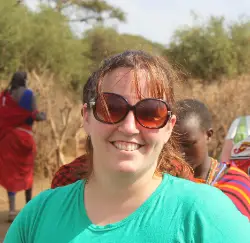

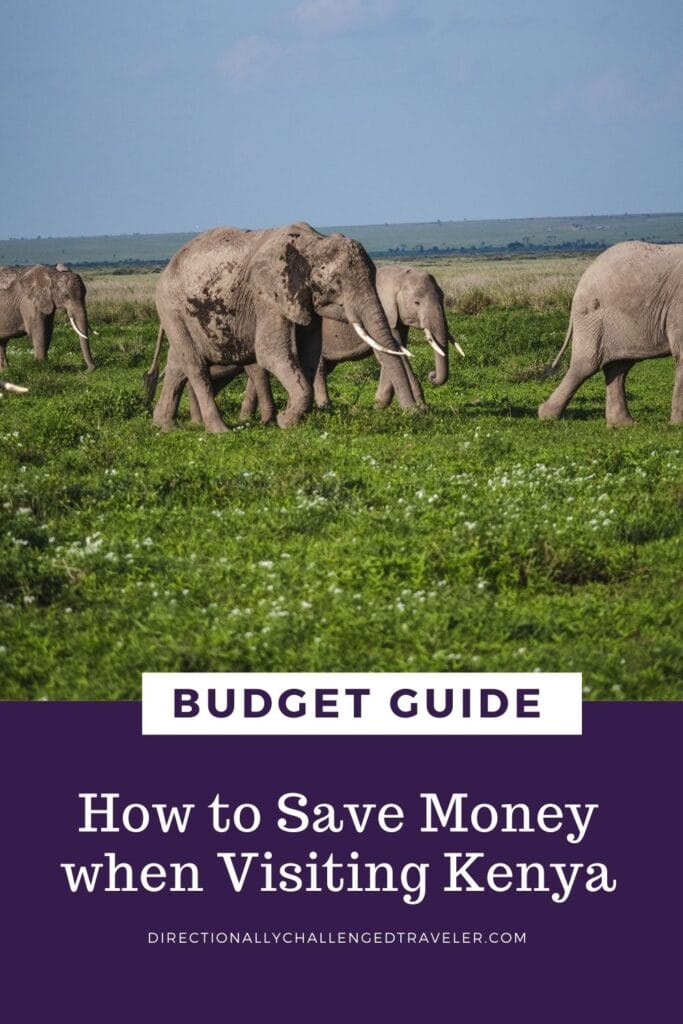
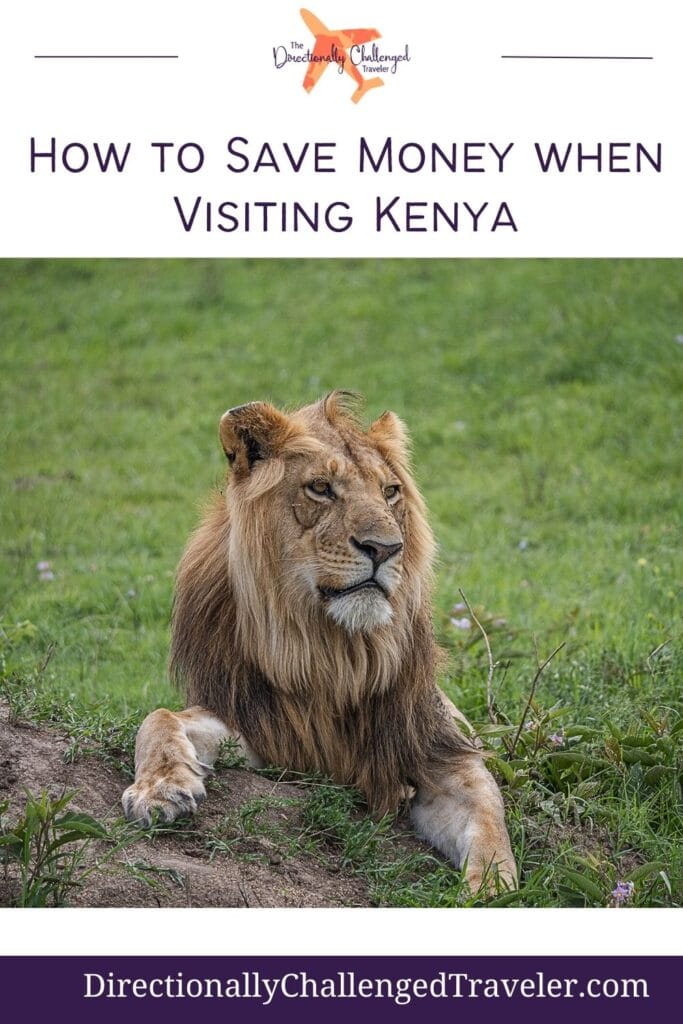
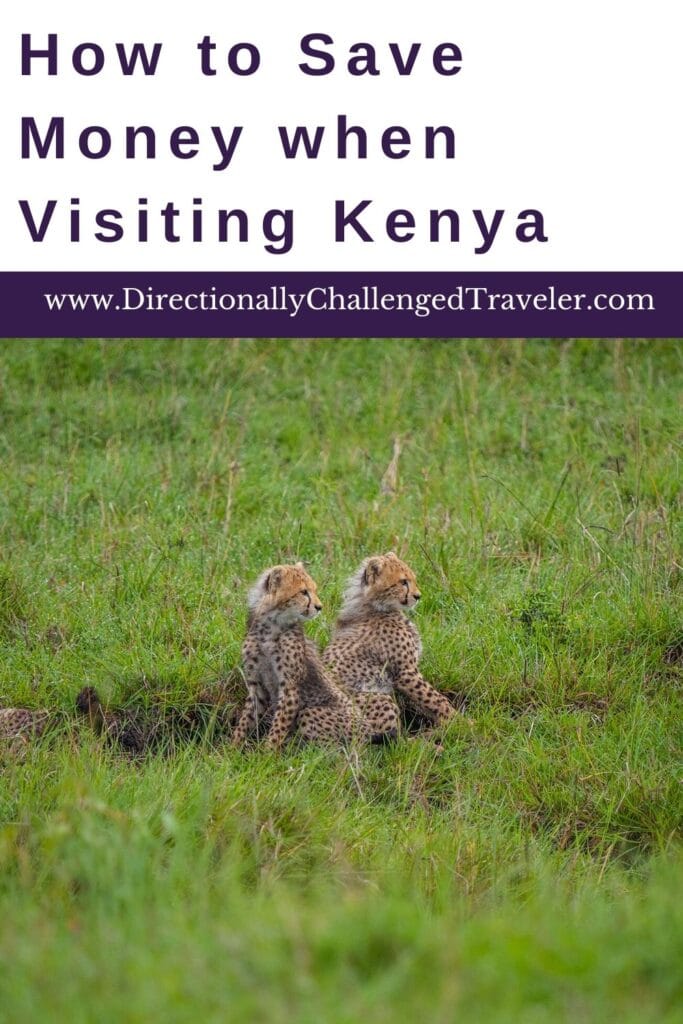




Leave a Reply